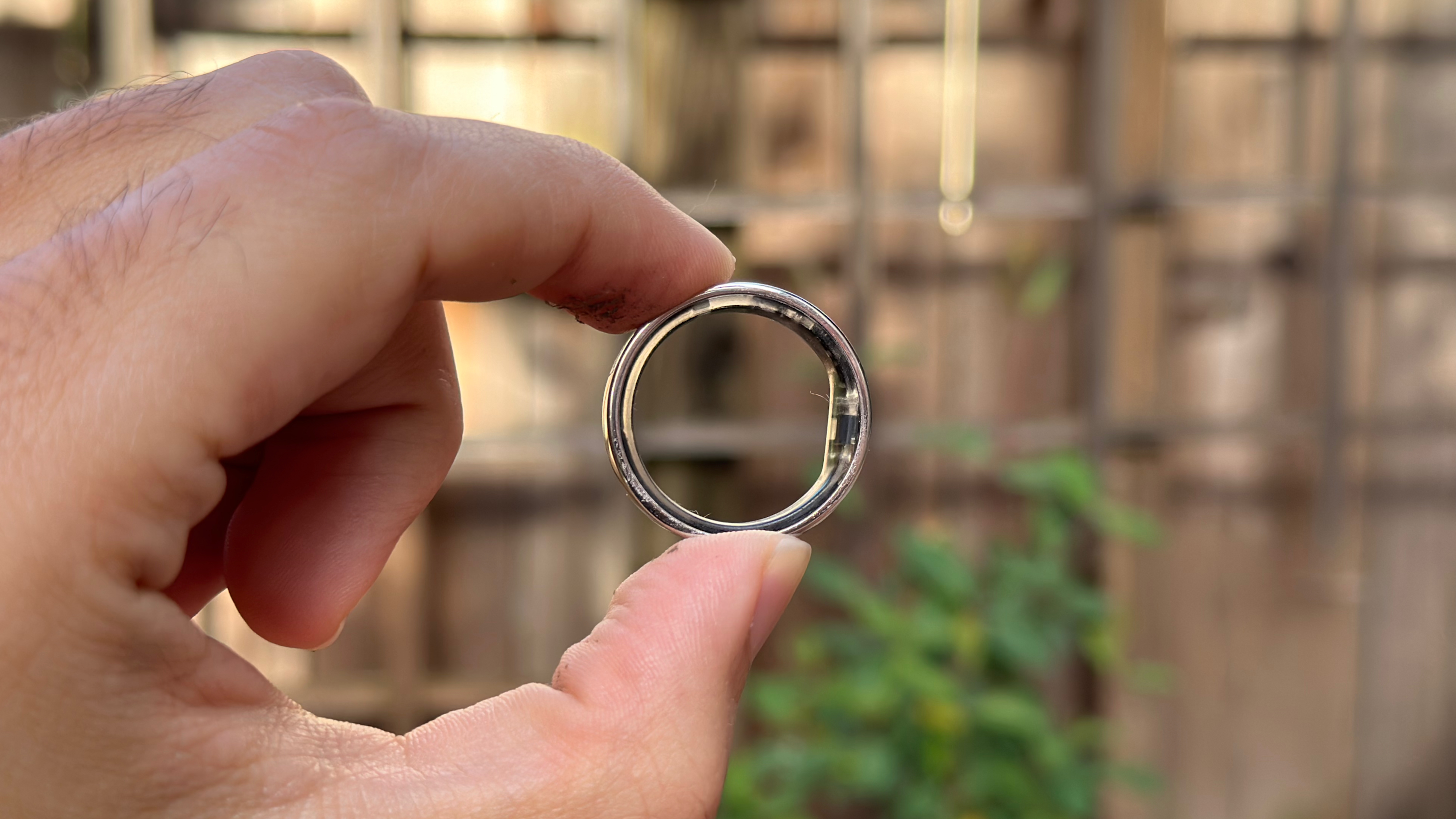Duolingo Is the Ultimate Habit Trap-Not the Language Savior You Think
Hello everyone. Let’s talk about Duolingo, the cheerful little language app that’s apparently printing money faster than some small countries, proudly waving its statistics in our faces: 41% more revenue, 40% more daily active users, and a staggering 84% spike in profits. Impressive, yes – if you measure success in dopamine hits and subscription renewals rather than, you know, actual language proficiency. It’s like applauding a gym for increasing its sign-ups every year while the treadmills remain suspiciously dust-free.
The Grand Paradox of “Learning”
We are looking at a business that’s been in the game for over a decade, not just holding steady, but accelerating. And what’s the big secret sauce? It’s not linguistic mastery; no, the real product here is habit – meticulously packaged, aggressively gamified habit. If the end goal was fluency, I might start handing out gold stars, but instead, Duolingo’s profit margins thrive on people’s need to keep that “streak” alive. It’s essentially a streak-based hostage situation dressed up as self-improvement.
You’ve got until midnight to appease the all-seeing owl or risk breaking that chain of green checkmarks. Forget about conjugating verbs; this is about feeding a digital Tamagotchi that glares at you when you ignore it. The rush of daily dopamine from not failing yourself – that’s the golden goose laying all these profit eggs. And the goose is wearing a graduation cap.
Monetizing Aspirations, Not Solutions
Here’s where it gets crafty. Duolingo has nailed the modern tech formula: don’t fix problems, monetise aspirations. Just like fitness gadgets sell the dream of abs without the pain of burpees, Duolingo sells the promise of “a better you” – fluent, cultured, worldly – without needing to survive a real conversation with a native speaker. It’s less about mastery and more about maintaining the illusion of progress at a low-difficulty setting.
This is basically the gaming equivalent of unlocking skins in Fortnite without ever winning a single match – but hey, you look like a champion in the lobby, and that’s what counts, right?
The Winning Formula – And Why It Works
Let’s break it down clinically, Doctor-style: Duolingo’s model is a perfect cocktail of dopamine triggers, peer pressure, and FOMO. Leagues to climb, streaks to maintain, cute animations to reward your good behavior. This is less of a learning experience and more of a Pavlovian conditioning chamber with better graphic design. The owl might as well wear a lab coat because it has mastered the behavioral science of making you subscribe out of fear, not out of linguistic love.
- Gamification: Turn learning into a points chase and watch engagement skyrocket.
- Social pressure: Compete against friends and strangers to avoid losing face.
- Premium safety net: Pay to keep your progress intact – because losing a streak is emotionally catastrophic.
I tried it myself back in the day with Turkish. Made it halfway before realizing my vocabulary could get me a kebab and not much else. Still, the app kept pulling me back in “just one more lesson” style – like a boss fight where the reward is a meaningless +1 to your imaginary language stat.
Beyond Languages – Expanding the Habit Factory
Duolingo isn’t stopping at languages. Oh no – they’ve smelled blood in the water. Math, music, whatever else can be reduced to a colorful progress bar and streak counter is fair game. Their goal isn’t to train polyglots; it’s to become the Netflix of daily micro-learning, where every new subject just extends the real business: turning education into a gacha game for your brain chemicals.
They’re not selling fluency. They’re selling the ritual, the compulsion, the glorified to-do list disguised as self-improvement.
From a gaming perspective, it’s genius. From an educational one? Let’s just say the XP grind hasn’t been patched for realism yet. This is Candy Crush for would-be scholars, and it’s working frighteningly well.
Conclusion
So is Duolingo a triumph? Financially, absolutely. It’s playing on the hardest difficulty when it comes to monetization strategy and scoring critical hits every quarter. As an actual educational tool? It’s more of a stylish side quest – fun, addictive, and ultimately optional for the main storyline of genuine fluency. My prognosis: Duolingo is in peak health as a business, and if you measure progress by streak length, you’ve already won. Just don’t expect it to hand you the keys to real conversation without a lot of help from the outside world.
And that, ladies and gentlemen, is entirely my opinion.
Article source: El extraño caso de Duolingo: está mejor que nunca por haber perfeccionado la psicología del hábito pagado, https://www.xataka.com/aplicaciones/extrano-caso-duolingo-esta-mejor-que-nunca-haber-perfeccionado-psicologia-habito-pagado



